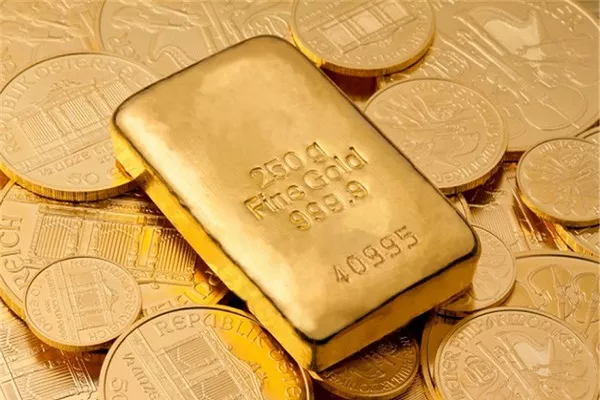Last Saturday, the People’s Bank of China announced a continued increase in its gold reserves for May, marking the seventh consecutive month of growth since November 2024. Data highlighted by Krishan Gopaul, senior analyst for the World Gold Council’s EMEA region, showed an addition of nearly 2 tons of gold in May. This brings China’s net gold purchases for 2025 to 17 tons, raising total reserves to 2,296 tons.
Despite the rising physical holdings, the valuation of China’s gold reserves at the end of May slightly declined to approximately USD 241.99 billion from USD 243.59 billion in April. This decrease reflects the impact of April’s historic gold price surge—peaking above USD 3,500 per ounce—which temporarily boosted the value of earlier reserves.
China resumed gold buying in November 2024 after a six-month pause, following an intense 18-month accumulation period. This strategic return coincided with increased global political uncertainty triggered by Donald Trump’s US presidential election.
In tandem with expanding reserves, China is liberalizing its domestic gold market. On May 27, the Shanghai Futures Exchange rolled out reforms allowing foreign investors and brokers direct access to the domestic futures market. The comprehensive policy package includes 34 reform proposals, covering gold and silver options trading, hedging strategies, and precious metals futures. Crucially, foreign participants can now use foreign currencies, such as the US dollar, for margin deposits—aiming to attract international capital and promote the renminbi’s internationalization.
This initiative aligns with China’s broader strategy to synchronize commodity pricing power with its global trade influence. In a related move on April 21, the central bank, alongside three other government bodies, unveiled plans to elevate the Shanghai Gold Exchange’s international role. Proposals include constructing foreign-delivery warehouses, potentially positioning the exchange as a global pricing competitor to established hubs like the London Metal Exchange. While details remain limited, the Shanghai Gold Exchange primarily trades precious metals, including gold, silver, and platinum.
Together, these developments reflect China’s commitment to enhancing financial resilience and expanding its influence over the global commodity markets.


